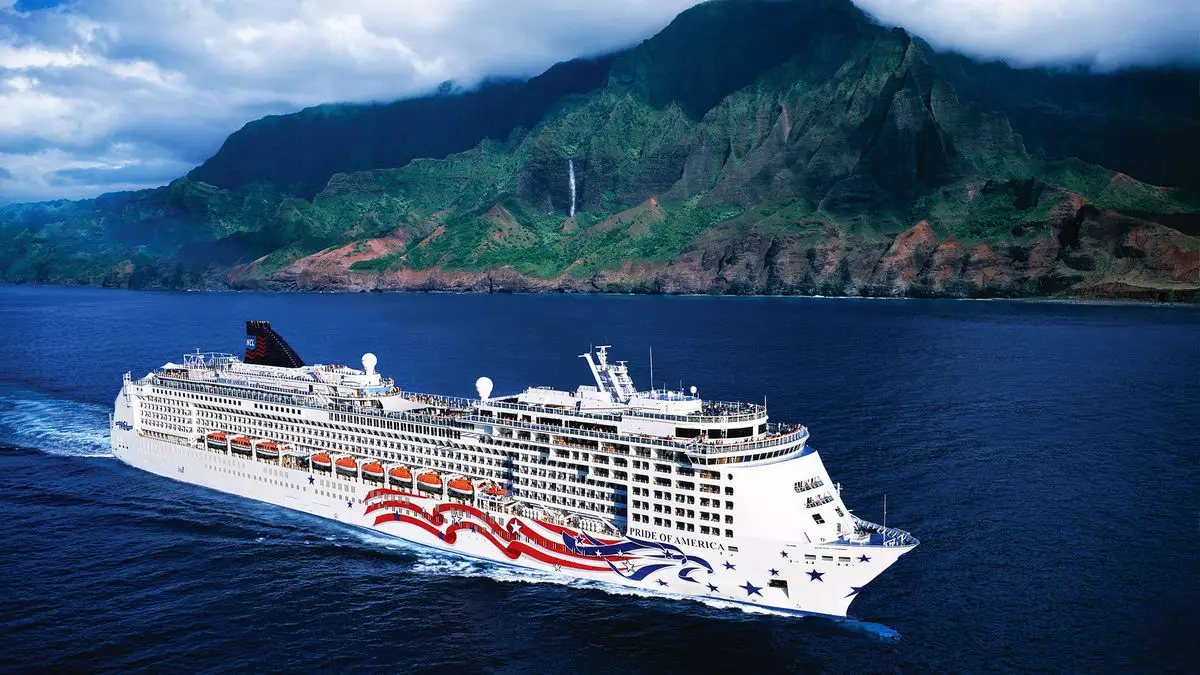As we stand at a pivotal moment in history, Hawaii is making a significant shift that could reshape the landscape of its tourism sector and the way we perceive our responsibility to the environment. The upcoming increase in the Transient Accommodations Tax (TAT), rising from 10.25% to 11% starting January 2026, is more than just an economic adjustment; it is a bold statement toward sustainability and climate action. This move initiated by the Hawaii Legislature through SB1396 is considerable, especially as it expands the state’s prerogative to address the ramifications of climate change while finding funding mechanisms to support vital environmental initiatives.
The Motivations Behind the Increase
The fundamental motivation behind this tax hike is commendable: using the revenue generated to invest in conservation efforts, renewable energy, and sustainable tourism practices. This concept resonates with an increasing number of travelers who are prioritizing destinations that reflect a commitment to sustainability over mere luxury. By directing the increased tax funds toward these vital areas, Hawaii is not only ensuring its competitiveness in the travel market but also committing to a higher standard of environmental stewardship. It demonstrates a paradigm shift where visitors are not merely seen as sources of revenue but as partners in the quest for ecological balance.
A Comprehensive Approach to Tourism
It’s crucial to recognize that the bill is forward-thinking, extending the TAT to include cruise ship passengers for the first time and past accommodations beyond traditional hotels. This inclusion marks an acknowledgment of the broader tourism ecosystem, where different forms of travel contribute to the collective impact on the environment. Furthermore, the impending provision allowing counties to increase their own TAT by up to 3% creates a layered approach to funding that gives local governments the flexibility needed to address their unique environmental challenges.
Despite the rationale behind the tax increase, there remains a strong pushback from business operators, particularly those in the tourism sector. Opponents argue that Hawaii already bears the brunt of the highest visitor taxes globally, which could drive away potential tourists at a time when the economy is crawling back from the devastation of the COVID-19 pandemic. It’s a delicate balancing act, evidenced in the contrasting narratives of Governor Josh Green and local business leaders who strive to find common ground in this essential discussion about tourism, revenue, and climate adaptation.
Understanding Diverse Perspectives
The concerns of the Maui Chamber of Commerce illustrate a vital aspect of the debate—the potential detriment to the tourism industry itself, which is a cornerstone of Hawaii’s economic fabric. Taxes on accommodations, car rentals, and other visitor-related fees add up, leading to an experience that, some argue, may be deemed too costly for average vacationers. The voice of the local community should be amplified in this conversation, particularly those whose livelihoods are intricately tied to the ebb and flow of tourist traffic.
Yet, by focusing solely on short-term financial implications, we risk overlooking the essential long-term benefits. Governor Green underscores the necessity of this legislation as a strategic investment in addressing wildfire risks exacerbated by climate change. Indeed, the new tax structure can be viewed as a proactive measure to safeguard future generations, ensuring that Hawaii’s natural beauty remains intact while preparing the state for climate-related challenges.
A New Standard in Climate Commitment
Ultimately, Hawaii’s legislative move could serve as a model for other tourism-heavy regions. Being the first of its kind nationally, SB1396 sets a precedent that’s worth emulating. Just like the islands themselves, this initiative may require some time to find its footing, but its longer-term impacts can be transformative. The balance struck between economic viability and environmental responsibility may very well represent a turning point in how we approach tourism and conservation efforts globally.
The essence of this tax increase goes beyond numbers; it speaks to a collective ethos—a societal shift towards recognizing our interconnectedness to nature and to each other. As travelers, we have a stake in these environments we visit. And as residents, the dreams of sustaining Hawaii’s rich offerings hinge on a delicate interdependence that can no longer be ignored. In prioritizing sustainability, Hawaii is not merely adjusting a tax—it is redefining its identity for future generations.


Napsat komentář